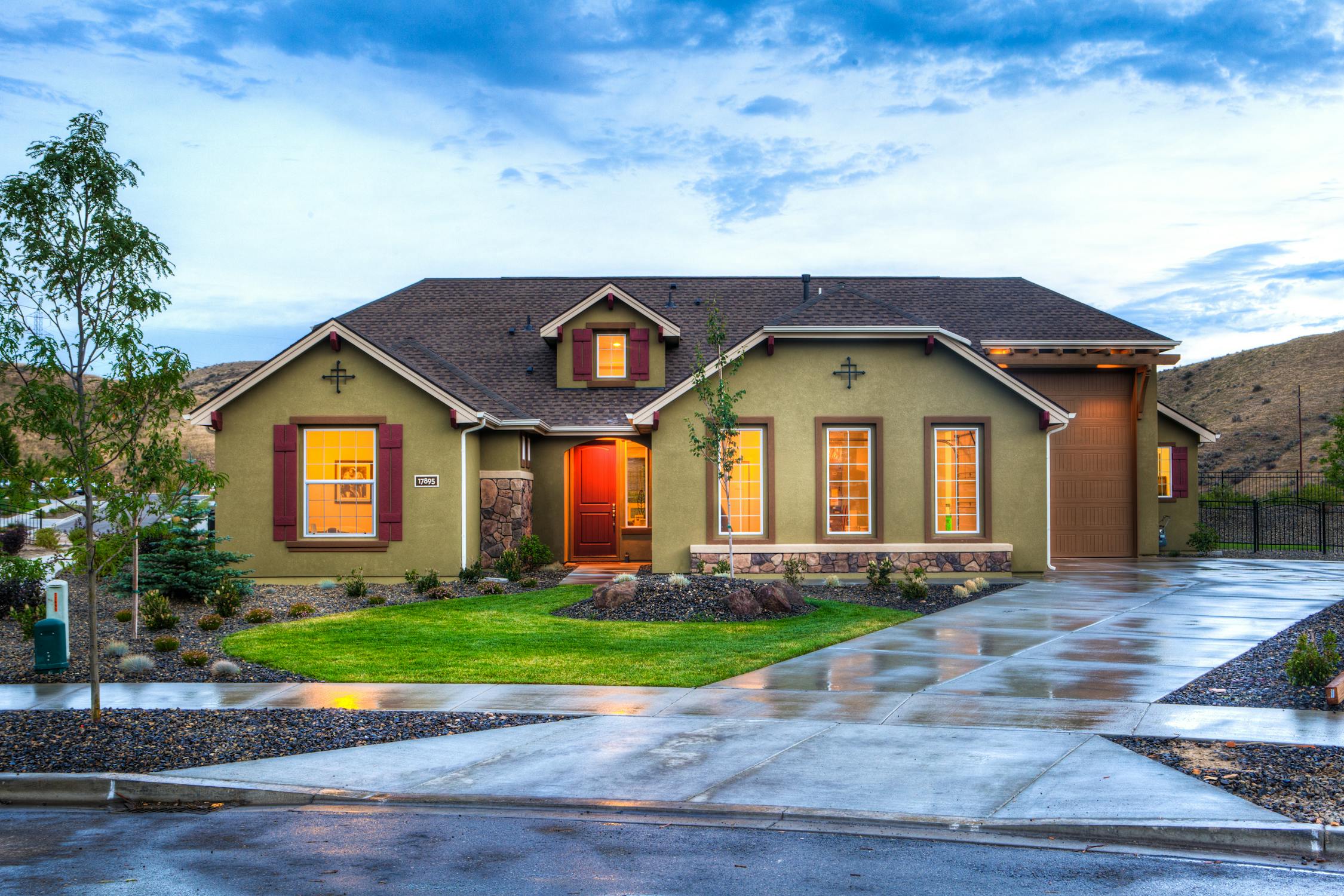6 DIY Roofing Techniques That Any Homeowner Can Learn
If your roof needs some repairs and you're looking for some ways to save some money, you might want to consider doing some of the job yourself. Before you start the DIY roof repair job, be sure to contact a reputable roofing contractor and estimate on the scope of the job before you start the DIY roof repair job. By hiring a licensed and insured contractor, you can have peace of mind that the job will be done properly. Here are some steps you can take on your own to improve your home's safety.
One DIY roof repair idea is replacing the deteriorated asphalt shingles with new ones. You might find it difficult to find matching shingles in your area because asphalt shingles come in different colors. It may take some searching, but you will definitely find a matching set in your area.
When it comes to DIY roof repair, you have two options when it comes to flashing. You can either install flashing between the rafters or you can replace the entire roof flashing. There are differences in the quality of materials used for flashing so you have to choose which one is better for your needs.
There are different methods of diy roof repair depending on the type of roof you have. For instance, asphalt shingles are the traditional roofing material, which usually consist of either paper or metal flashing. For wooden roofs, the most common method of reroofing is using a hammer to tap the nails into the roof. This works pretty well but if you want to avoid any injuries, try to use metal-tipped nails. However, using the wrong kind of nails can lead to a much bigger problem. If you don't know this already, always check with the manufacturer of your roofing materials before using any kind of hammer.
The other DIY roof repair method that you can use is using shingles. Shingles are basically long pieces of metal that come attached to the edge of a roof. They are hammered into place to provide a waterproof covering and they are very easy to install. Before installing your shingles, however, you have to prepare the area by cleaning it out and making any necessary repairs. Make sure that the area has enough ventilation so that the shingles won't be damaged by rainwater or snow.
Another option for DIY roof repairs is to use repair cement. Repair cement comes in three different forms: the traditional plaster, crackle cement, and metal repair cement. These are sold in different sizes and each has its own specific uses. Metal repair cement, for example, can be used for light to moderate damage on a roof where the metal of the shingles are missing. Cracked caulking can be used to fill in large gaps on a roof where there are missing shingles.
In some cases, it may be more effective and cost effective to apply two layers of shingles instead of one. This is especially true if the weather has been extreme. If you need to apply two layers of roofing paint or roof coating then you should make sure that you have done it correctly. This is because if you apply only one layer of paint then you can expect the roof to rust quickly.
Regardless, of which method you choose to do the repair work, whether it's using new shingles, repairing old shingles, or applying two layers of roof coating, the best way to avoid a bigger problem down the road is to prevent the problems from happening in the first place. For example, if your house has mildew then it would be wise to have mildew resistant chemicals like tea tree oil or dilution of bleach around the home as these are effective ways of preventing mildew from growing on your roof. Similarly, if you have any kind of insect infestation on your roof then you should consider sealing your roof completely. The main thing is to take preventive action, and this will save you money in the long run.

